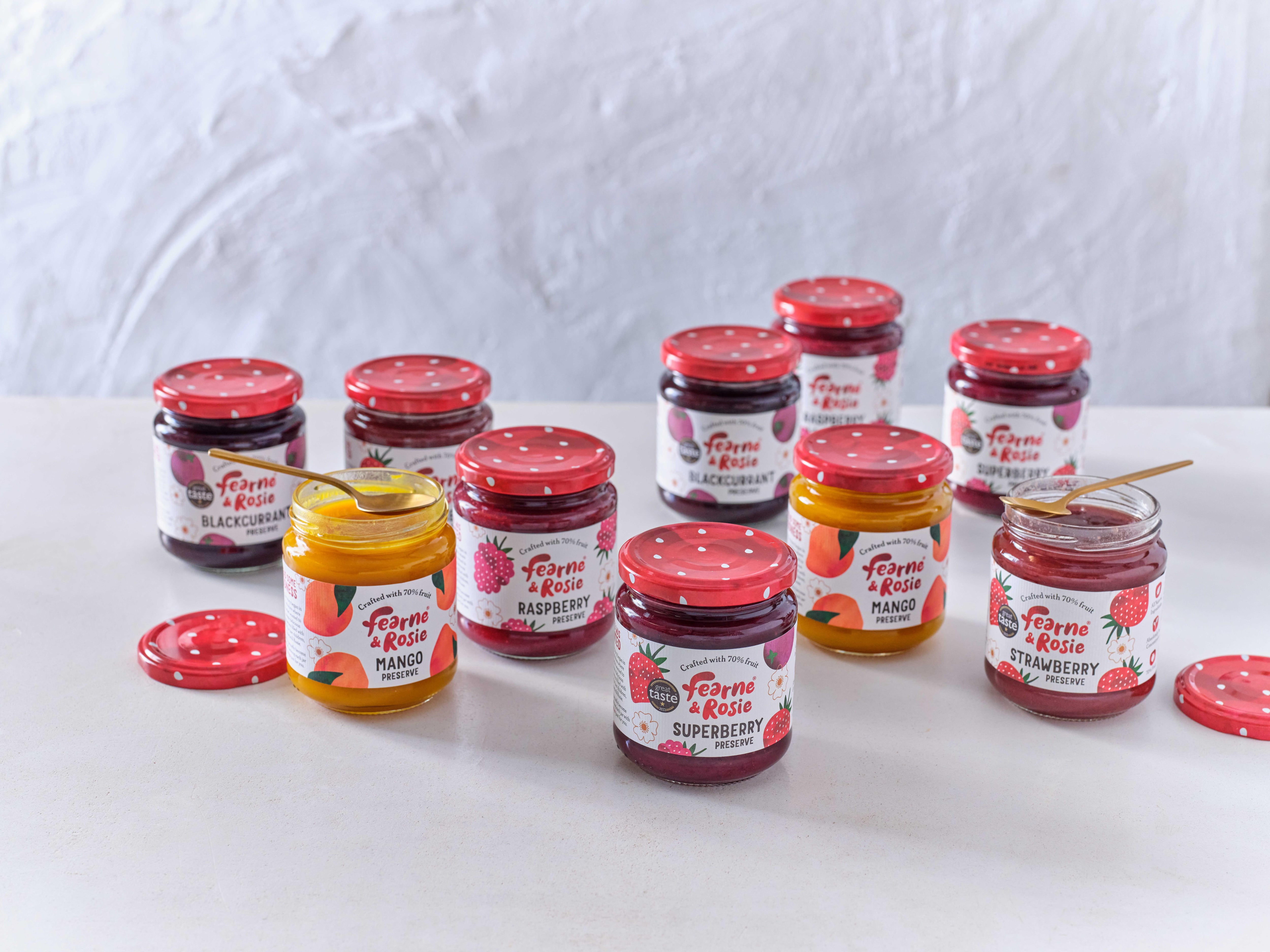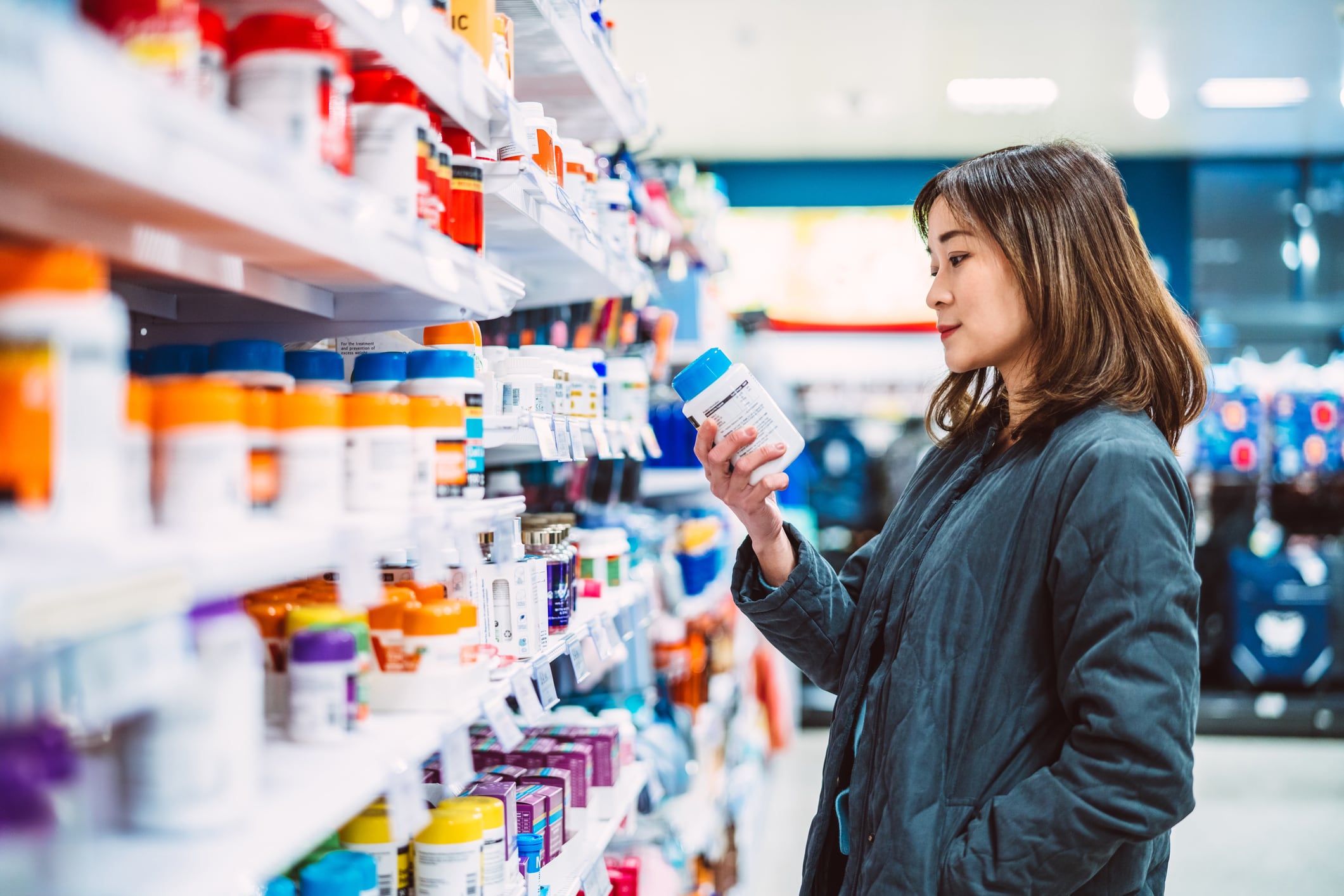Key trends in health
- 48% of UK consumers define healthy food as unprocessed or minimally processed
- Roll-out of ‘skinny jabs’ expected to change the food landscape
- 37% of UK consumers prioritise weight loss
- GLP-1 use on the rise, with more than half of UK consumers at least considering weight loss drugs
- F&B producers should look to:
- Reformulate around concentrated nutrition and functional efficiency, and develop convenient, balanced formats
- Explore cognitive, recovery and performance territories
- Expect an alcohol volume reset
Between March 2022 and June 2025, concern for health-related issues, such as tackling obesity, has been seeing a consistent uptick, moving from 33% to 43% in the last three years.
Losing weight and maintaining a healthy weight are top goals among consumers when it comes to health, research from Levercliff’s latest UK Consumer Tracking survey has found.
Between May 2023 to June 2025, these goals have held pretty steady, with 37% of people citing ‘weight loss’ as a key priority and 33% ‘maintaining a healthy weight’ in 2025.
Whilst the latter goal has seen a slight dip from 34% to 33% in the last three years, more people are keen to lose weight – up 3%. This is a common goal shared across all age groups but is especially popular among 18-34-year-olds (63%). It also trumps goals such as improving/maintaining digestive health and heart health, and building/maintaining muscle.
UPFs are still top of mind, followed by calorie counting
When it comes to what consumer consider healthy, consumers define healthy food as unprocessed or minimally processed (48%) and free from artificial preservatives or additives (43%). Interestingly, whilst 39% consider it to also equate to low in sugar products, only 21% have sugar reduction as a top health goal.
The report shows that among the top five most important things when it comes to healthy eating is consuming natural, unprocessed foods (17%), followed by not consuming too many calories (14%).
When it comes to losing weight, consumers report they are taking actions such as eating more fruit and vegetables and exercising more (both at 44%). Whilst cited by a lower proportion, cooking from scratch was also mentioned, and this has seen a big uptick since last year moving from 26% to 32% between May 2024 and June 2025.
The rise of GLP-1
What is GLP-1?
Only a small proportion of those looking to lose weight are following a particular diet (e.g. intermittent fasting, Atkins, etc.) or joining slimming clubs, at 8% and 3% respectively. Meanwhile, we are witnessing a definite uptick in weight loss medication.
Known as glucagon-like peptide-1 receptor agonists (GLP-1s or GLP-1RAs), these medicines mimic a natural hormone release after eating, helping the person to feel fuller.
These drugs are sometimes referred to as ‘skinny jabs’ or ‘weight loss injections’, with several license for use in the UK. This includes semaglutide (sold under the brand names Wegovy, Ozempic and Rybelsus), tirzepatide (Mounjaro) and liraglutide (sold under various brand names).
More than half would at least consider weight loss drugs
According to Levercliff’s findings, more than half of consumers say they would at least consider taking a weight loss drug. However, views are becoming more polarised.
In May 2024, 19% said they would ‘definitely’ use weight loss medication, moving up to 24% in June 2025. Those who said they would ‘possibly’ take a weight loss drug fell from 44% to 34% over the same period.
This translates to around 4.8 million UK adults (who would like to lose weight) saying they would definitely consider using a weight-loss drug, with a further 6.8 million saying they possibly would.
This sway towards weight loss drugs tracks, with 9.8 million respondents describing their relationship with food as a ‘battle’, struggling with controlling what or how much they eat.
How will GLP-1 impact eating habits?
There is little doubt that the introduction of weight loss medication is going to significantly change the food landscape, with analysts from FutureBridge predicting a shift to cleaner, smaller and more intentional eating choices.
According to FutureBridge’s recent GLP-1 Appetite Shift report, 31% of GLP-1 users in the US spend less on groceries monthly. By 2034, it’s expected that there will be 66 million people in the States taking GLP-1, with a projected 2.5% drop in calorie intake nationally by 2035.
“GLP-1 users are not a monolith,” commented Edward Bergen, principal analyst at FutureBridge. “Their motivations, purchasing decisions and dietary priorities vary widely.”
The report categorises the users into three personas – the trend tracker, the calorie strategist, and the practical planner. The trend trackers (aged 25-39) represent 71% of GLP-1 users and are looking for novel, branded formats such as shots, smart snacks and protein.
Calorie strategists (35-55) are looking for portion-controlled meals, functional dairy, and low-GI carbs; while practical planners (40-65) are focused on affordability, looking for staples that offer metabolic benefits, fortified frozen meals and simple labels.
“The Trend Tracker persona is particular impactful and flips expectations,” added Bergen.
“Younger, trend-savvy consumers are not waiting for doctor’s orders. They are actively seeking GLP-1 solutions, and their appetite for new formats and health trends is a goldmine for food innovators.”
In terms of what we can expect from behavioural changes, the FutureBridge data shows that impulse-driven purchases are notably declining, with smaller appetites demanding more from less.
The report suggests producers should focus on reformulating around concentrated nutrition and functional efficiency, look to develop convenient, balanced formats, and explore whitespace in cognitive, recovery and performance territories.
They are also predicting an ‘alcohol volume reset’, recommending producers to plan for long-term category contraction and non-alcoholic transitions.
Levercliff’s report has similar recommendations, citing an opportunity in healthier nutritionally dense foods. It warns that we may see brand and products swaps as users become more educated and look to ditch those they deem to have little or no nutritional benefit.





